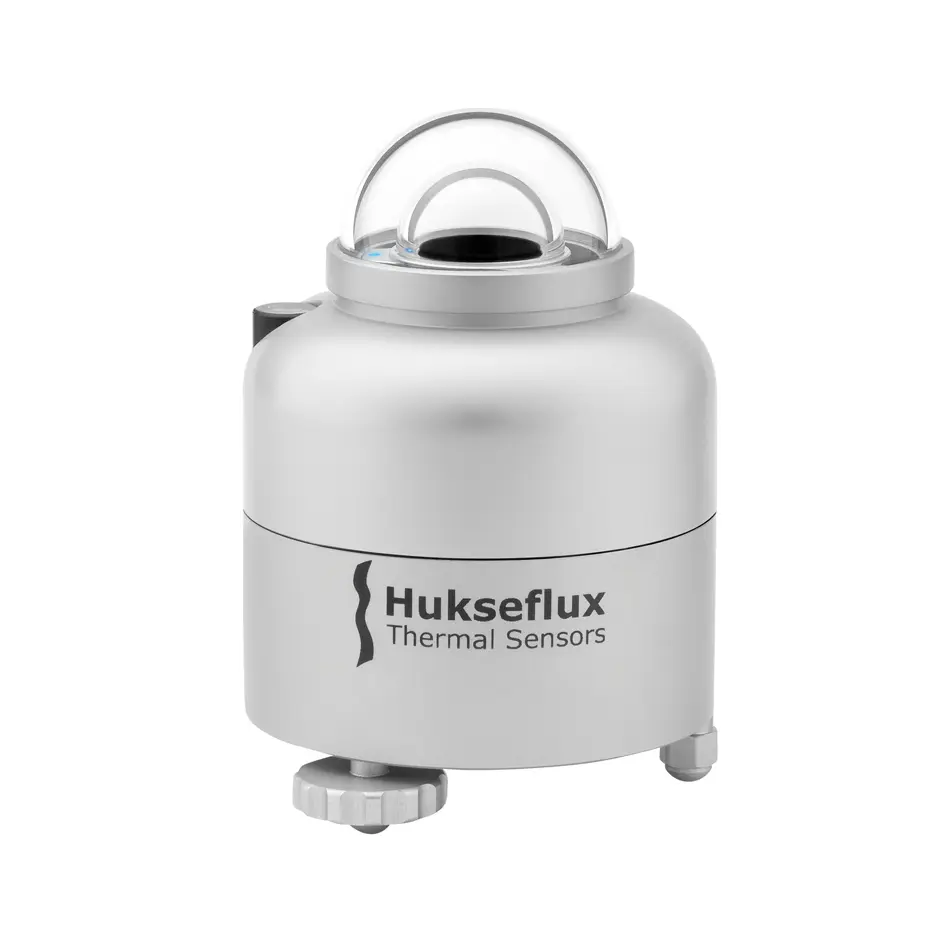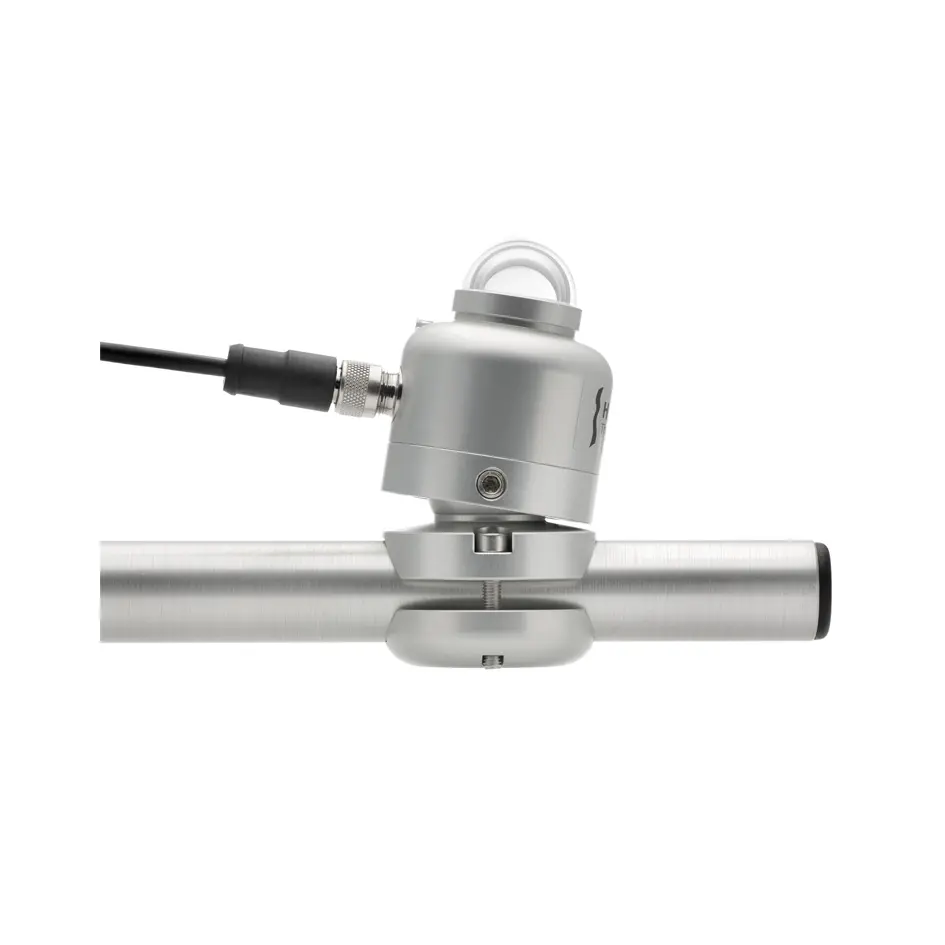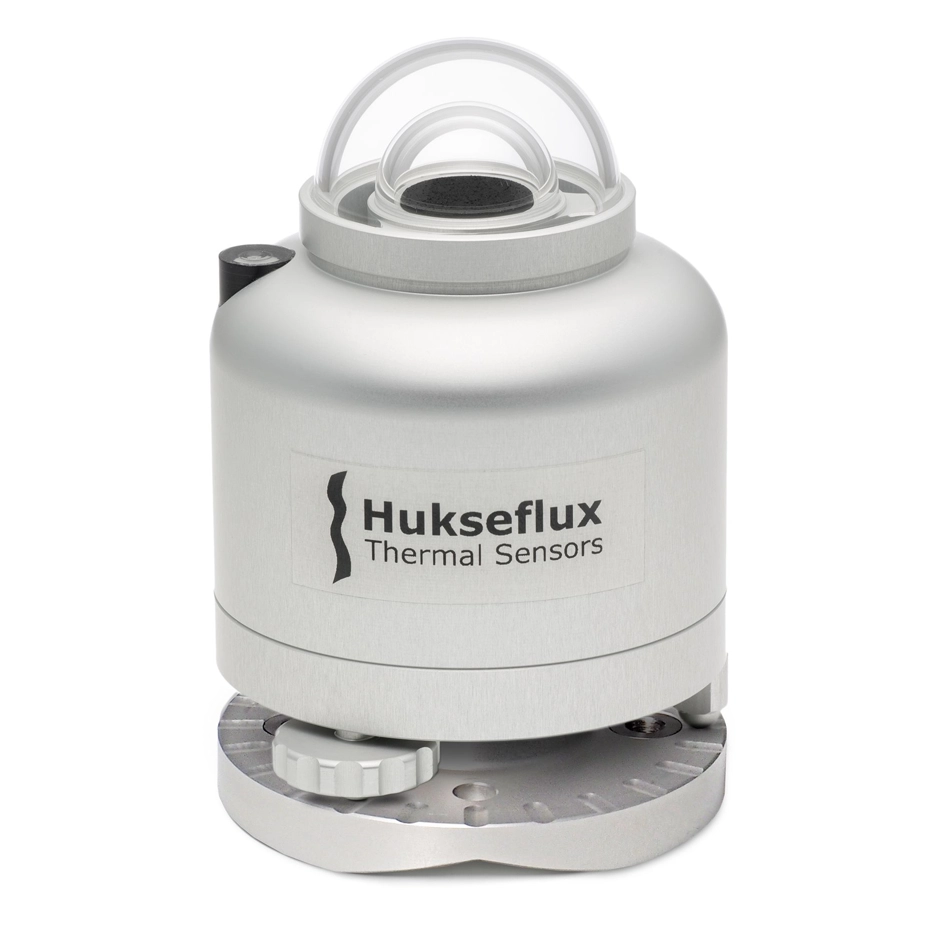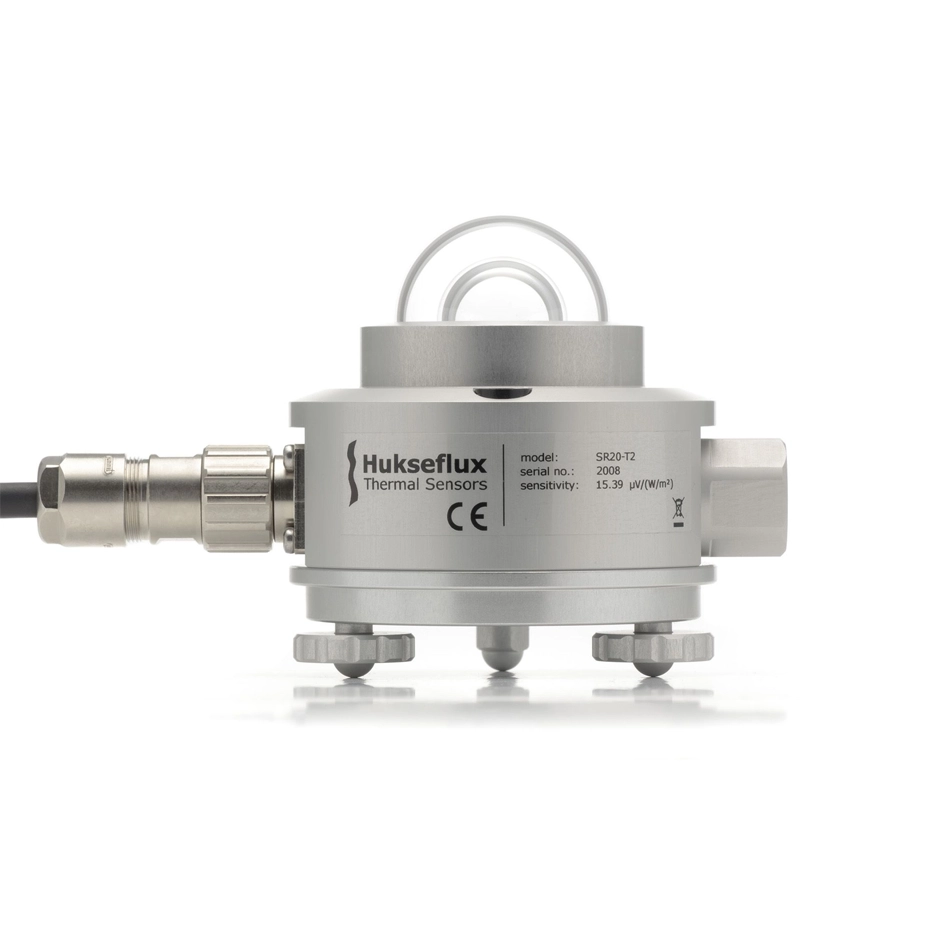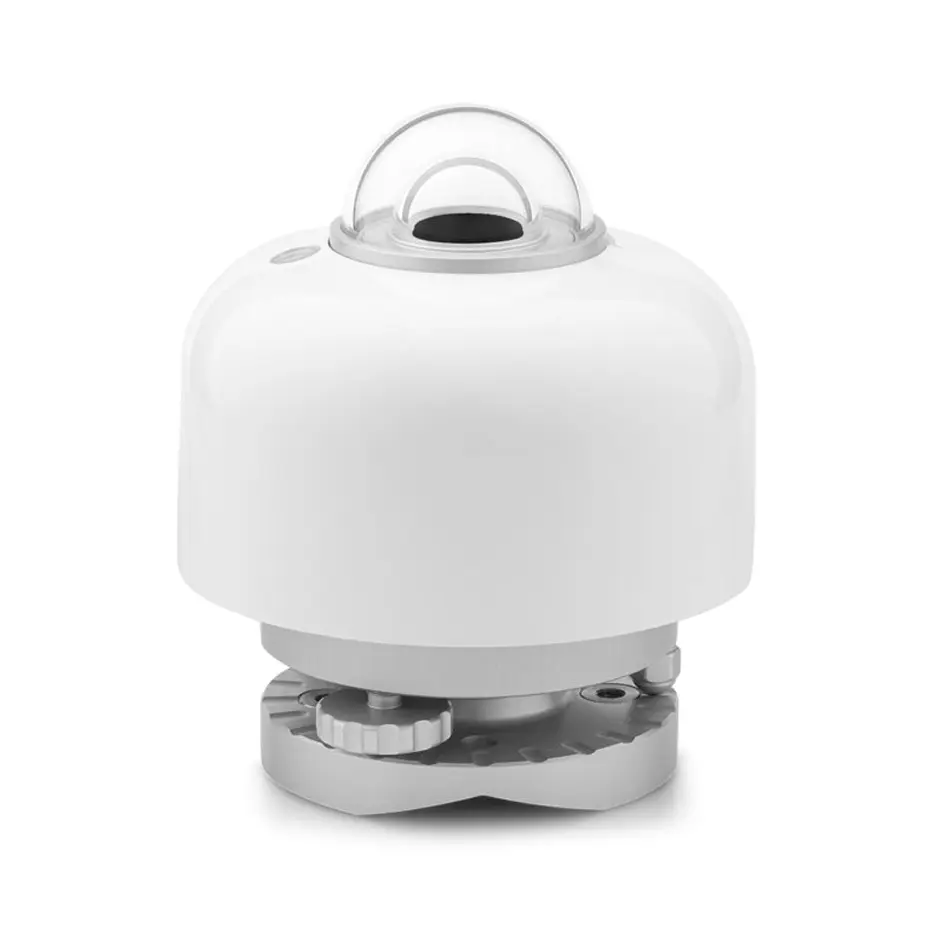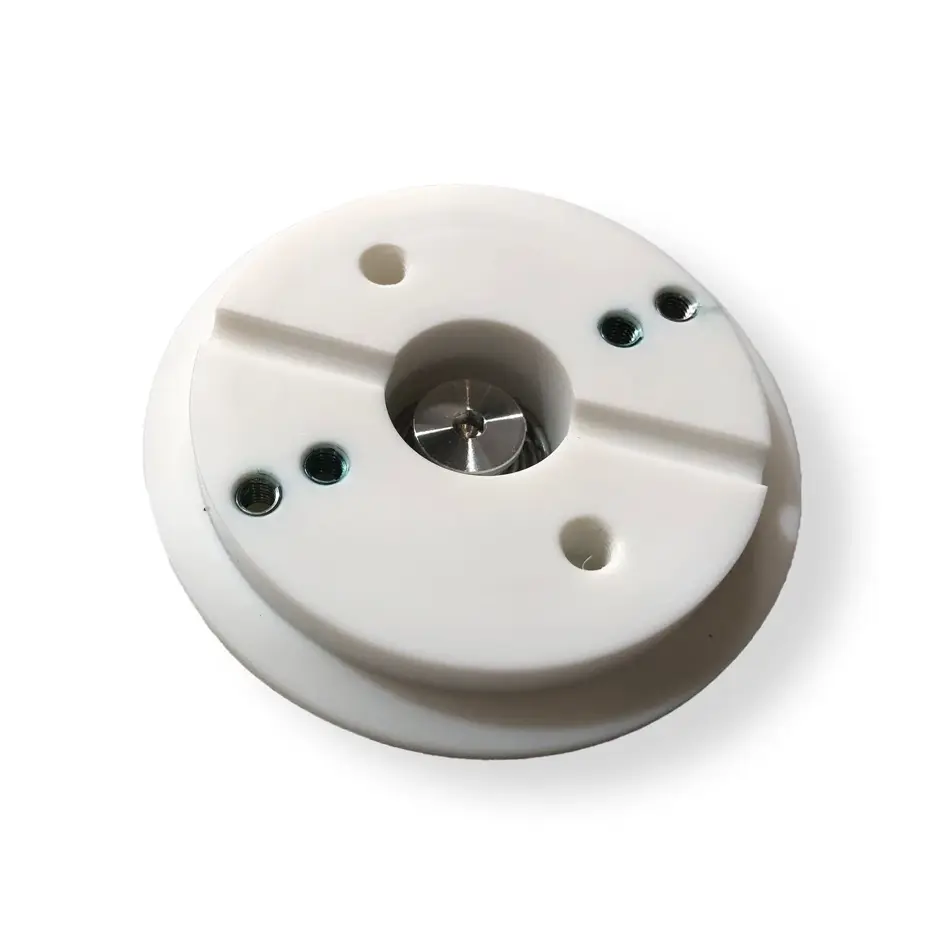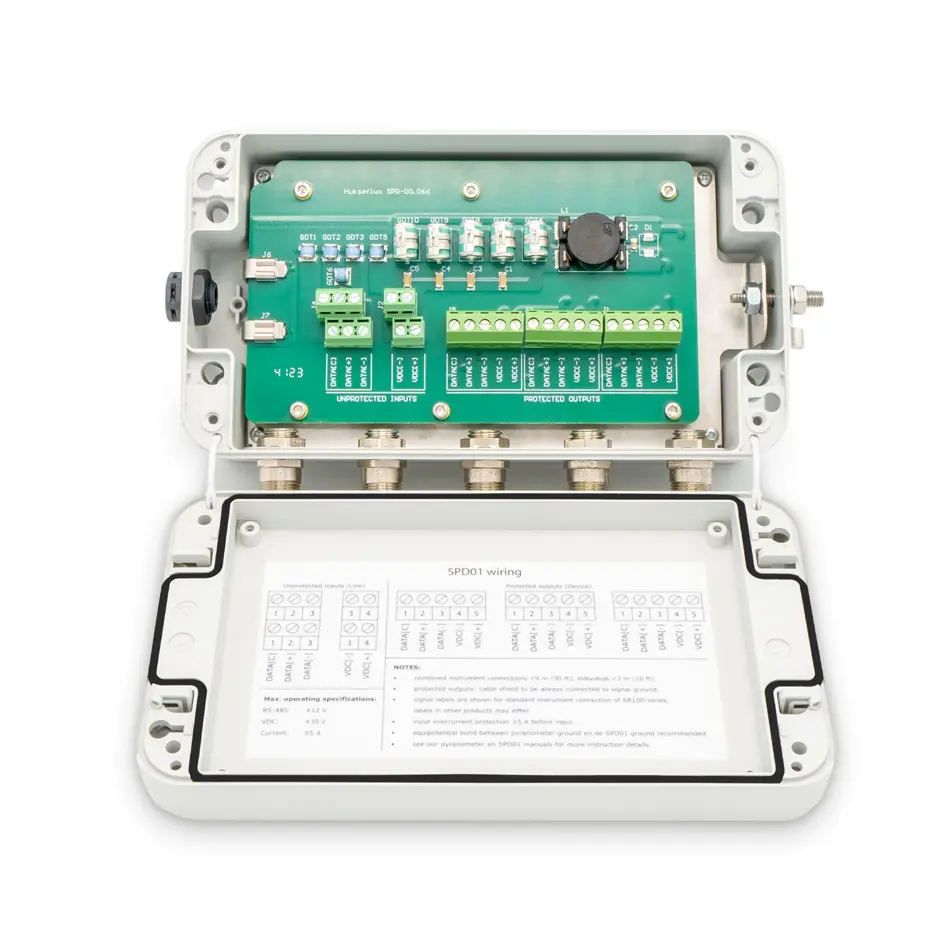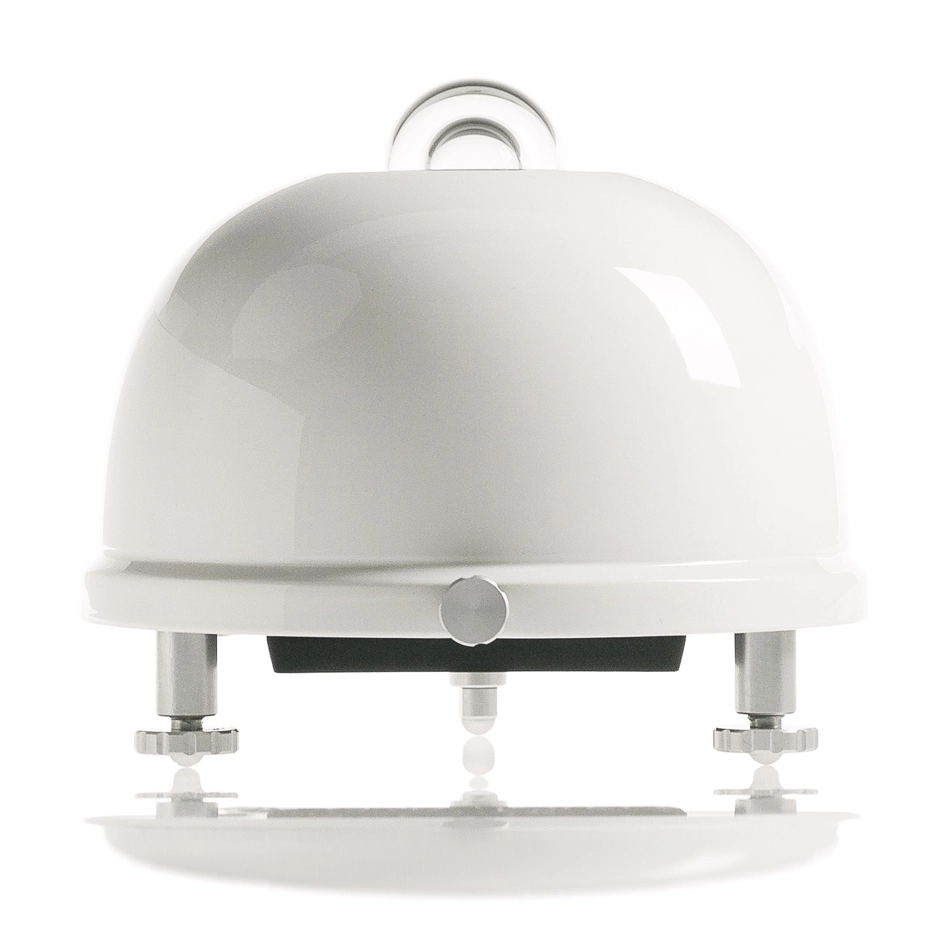Table of Context
- What is a Pyranometer?
- How does a Pyranometer Work?
- Types of Pyranometers
- Thermopile Pyranometer
- Photodiode Pyranometer
- Silicon Cell Pyranometer
- Infrared Pyranometer
- Applications of Pyranometers
- Advantages of Using Pyranometers
- Factors Affecting Pyranometer Measurements
- How to Choose the Right Pyranometer?
- Pyranometer Calibration and Maintenance
- Frequently Asked Questions
- What is the difference between a pyranometer and a pyrheliometer?
- How accurate are pyranometers?
- Can pyranometers measure diffuse radiation?
- How do pyranometers differ from photovoltaic cells?
- How often should pyranometers be calibrated?
- Conclusion
1. What is a Pyranometer?
A pyranometer is a scientific instrument used to measure the total amount of solar radiation, both direct and diffuse, received by a surface. The instrument is designed to capture the entire solar spectrum and provide a reading of the total amount of solar energy reaching the surface.
Pyranometers are used to measure solar radiation for a variety of applications, including weather forecasting, crop management, and most commonly, for designing and operating solar energy systems.
It typically consists of a thermopile sensor, a glass dome, and a housing that protects the instrument from environmental factors. The thermopile sensor converts the solar radiation into a small electrical signal that can be measured and recorded. Solar radiation received at the Earth’s surface is comprised of a broad spectrum of electromagnetic waves which include UV-A and UV-B ultraviolet spectrums (280 – 400 nm), visible light wavelength spectrum (280 – 400 nm), and the shortwave infrared spectrum (700 – 2500 nm). Thermopile pyranometers have a broad spectrally flat response function which spans the entire solar spectrum, 285 – 3000 nm nominal at sea level. The calibration of all pyranometers is traceable to the WRR (World Radiometric Reference). Pyranometer sensitivity (calibration constant) is commonly expressed in µV/(W/m²).
2. How does a Pyranometer Work?
Pyranometers contain a detector element that is housed under a domed lens or diffuser. They are typically oriented towards the sky to measure incoming global solar radiation, however pyranometers can also be oriented towards the ground to measure surface reflected solar radiation. Higher performance class pyranometers employ a thermopile detector element which converts thermal energy (heat) to electrical energy, commonly a millivolt signal. The voltage signal produced by the pyranometer is linearly proportional to the solar radiation received at the thermopile detector surface level.
Alternatively, lower cost / lower performance class pyranometers also exist which employ a silicon photodiode detector in lieu of a thermopile detector element. Such instruments are referred to as Si-pyranometers. Si-pyranometers produce a low-level current output signal which can be converted to a voltage signal by installing a shunt resistor across the output of the photodiode circuit. The spectral response range of Si-pyranometers are also limited, 400 – 1100 nm typical. Si-pyranometers are spectrally selective devices. As such, the sensitivity of Si-pyranometers are subject to change under varying sky conditions with changing spectral regime.
3. Types of Pyranometers
There are four main types of pyranometers, each with its own unique features and applications.
1. Thermopile Pyranometer
Thermopile pyranometers are the most common type of pyranometer and are based on the thermoelectric effect. The thermopile consists of multiple thermocouples that are arranged in series and can measure both direct and diffuse solar radiation. Thermopile pyranometers are highly sensitive and accurate and can be used for long-term measurements.
2. Photodiode Pyranometer
Photodiode pyranometers use a semiconductor photodiode that generates a current proportional to the amount of light received. These pyranometers are compact and lightweight and offer high accuracy and fast response times. However, they are less sensitive than thermopile pyranometers and can only measure direct solar radiation.
3. Silicon Cell Pyranometer
Silicon cell pyranometers are based on the photovoltaic effect and use a semiconductor material, such as silicon, to convert solar radiation into electrical current. These pyranometers are lightweight, compact, and can measure both direct and diffuse solar radiation. However, they are less accurate than thermopile pyranometers and can be affected by changes in temperature and humidity.
4. Infrared Pyranometer
Infrared pyranometers measure the longwave infrared radiation emitted by the Earth’s surface and atmosphere. They are commonly used to measure the net radiation balance, which is the difference between incoming solar radiation and outgoing thermal radiation. Infrared pyranometers can also measure atmospheric temperature and humidity, making them useful for weather forecasting and climate research.
4. Applications of Pyranometers
Pyranometers are commonly used in a variety of applications, including meteorology, agriculture, and renewable energy. In meteorology, pyranometers are used to measure solar radiation received at the Earth’s surface and within the atmosphere. This helps climate researchers understand the energy balance of the Earth’s climate system. In agriculture,
pyranometers can be used to measure the amount of solar radiation received by crops which can help farmers understand optimal conditions for plant growth. In renewable energy applications, pyranometers are used to measure solar radiation received at the solar panel surface level, which gives solar PV system operators an understanding of how well their PV system is performing.
Some pyranometer applications include:
1. Solar Energy
Pyranometers are essential instruments for designing and operating solar energy systems. They are used to measure the available solar radiation and estimate the energy output of solar panels.
2. Agriculture
Pyranometers are used in agriculture to measure the amount of solar radiation reaching crops, which is crucial for determining the optimal planting time and maximizing crop yields.
3. Weather Forecasting
Pyranometers are used in weather stations to measure the amount of solar radiation and to calculate various meteorological parameters, such as evapotranspiration and potential crop yields.
4. Climate Research
Pyranometers are used in climate research to monitor the long-term changes in solar radiation and to study the impact of climate change on the Earth’s energy balance.
Pyranometers are used in building design to measure the amount of solar radiation reaching the building and to estimate the energy consumption for heating and cooling.
5. Advantages of Using Pyranometers
Pyranometers offer several advantages over other instruments used to measure solar radiation, including:
1. High accuracy
Pyranometers are highly accurate instruments that can measure both direct and diffuse solar radiation.
2. Easy to use
Pyranometers are simple to operate and require minimal maintenance.
3. Wide measurement range
Pyranometers can measure a wide range of solar radiation, from a few watts per square meter to several kilowatts per square meter.
4. Long-term stability
Pyranometers can provide reliable measurements for extended periods of time, making them ideal for long-term monitoring.

6. Factors Affecting Pyranometer Measurements
Several factors can affect the accuracy of pyranometer measurements, including:
1. Shadowing
Pyranometers should be placed in an open area with no obstructions, such as buildings or trees, that could cast shadows on the instrument.
2. Tilt angle
The tilt angle of the pyranometer should be set to the latitude of the measurement location to ensure accurate measurements.
3. Surface reflection
The surface on which the pyranometer is placed should have a low reflectance to minimize errors due to reflected solar radiation.
4. Ambient temperature
Changes in ambient temperature can affect the output of the pyranometer and should be compensated for during data processing.

7. How to Choose the Right Pyranometer?
Choosing the right pyranometer depends on the specific application and measurement requirements. Some factors to consider when selecting a pyranometer include:
1. Measurement range
The pyranometer should be able to measure the expected range of solar radiation for the application.
2. Accuracy
The pyranometer should have the required level of accuracy for the application.
3. Spectral response
The pyranometer should have a spectral response that matches the solar spectrum to ensure accurate measurements.
4. Sensor type
Different sensor types offer different advantages and disadvantages, and the sensor type should be chosen based on the specific application requirements.
5. Temperature sensitivity
Some pyranometers are more sensitive to changes in temperature than others, and the temperature sensitivity should be considered when selecting a pyranometer for long-term measurements.
6. Calibration
The pyranometer should be calibrated to ensure accurate measurements and to account for any changes in the instrument’s performance over time.
8. Pyranometer Calibration and Maintenance
Pyranometers should be calibrated every 2 years to ensure accurate measurements. Calibration should be performed in a laboratory with traceable standards and should include both a zero-point calibration and a sensitivity calibration. Pyranometers should also be checked for any physical damage or soiling, and the black coating on the sensor should be inspected for any signs of wear or degradation.

9. Frequently Asked Questions
1. What is the difference between a pyranometer and a pyrheliometer?
A pyranometer measures the total amount of solar radiation received by a surface, both direct and diffuse, while a pyrheliometer measures only direct solar radiation. Pyrheliometers are typically more accurate than pyranometers but are more expensive and more difficult to operate.
2. How accurate are pyranometers?
Pyranometers can provide highly accurate measurements, with typical accuracies of +/- 5% to +/- 10%. However, the accuracy can be affected by various factors, such as sensor type, calibration, and installation.
3. Can pyranometers measure diffuse radiation?
Yes, pyranometers can measure both direct and diffuse solar radiation. Pyranometers are designed to capture the entire solar spectrum and provide a reading of the total amount of solar energy reaching the surface.
4. How do pyranometers differ from photovoltaic cells?
Pyranometers measure solar radiation, while photovoltaic cells convert solar radiation into electrical energy. Pyranometers are used to measure the available solar radiation and estimate the energy output of solar panels, while photovoltaic cells are used to generate electricity from solar energy.
5. How often should pyranometers be calibrated?
Pyranometers should be calibrated at least once every 2 years to ensure accurate measurements. However, the calibration frequency can vary depending on the specific application and measurement requirements.
10. Conclusion
Pyranometers are essential instruments for measuring solar radiation, and they play a critical role in ensuring the optimal performance of solar energy systems. In this article, we provided a comprehensive overview of pyranometers, including their working principles, types, applications, and advantages. We also covered the factors affecting pyranometer measurements, how to choose the right pyranometer, and pyranometer calibration and maintenance. We hope this article helps you to better understand the importance of pyranometers in renewable energy applications and to make informed decisions when selecting and using pyranometers for your specific application.




